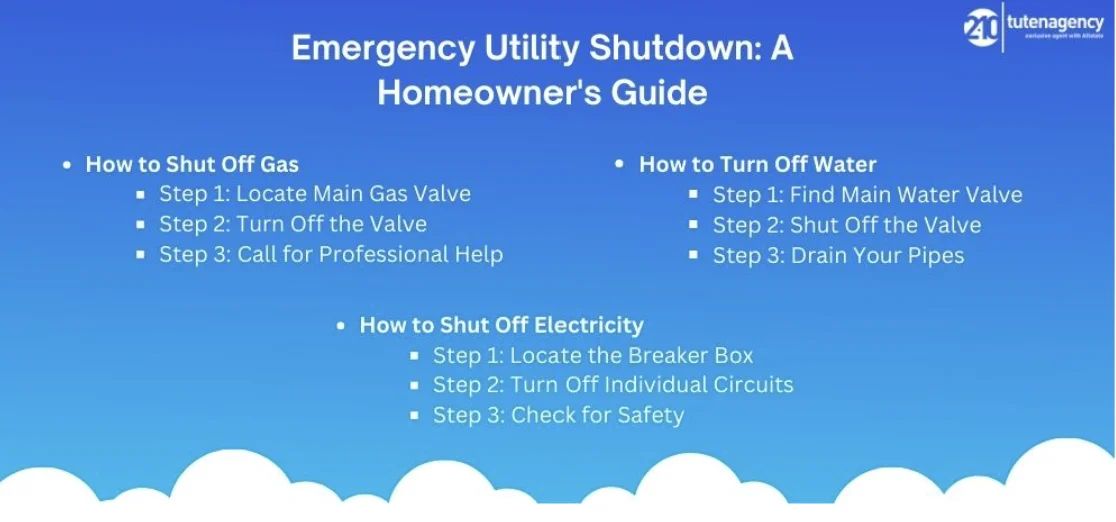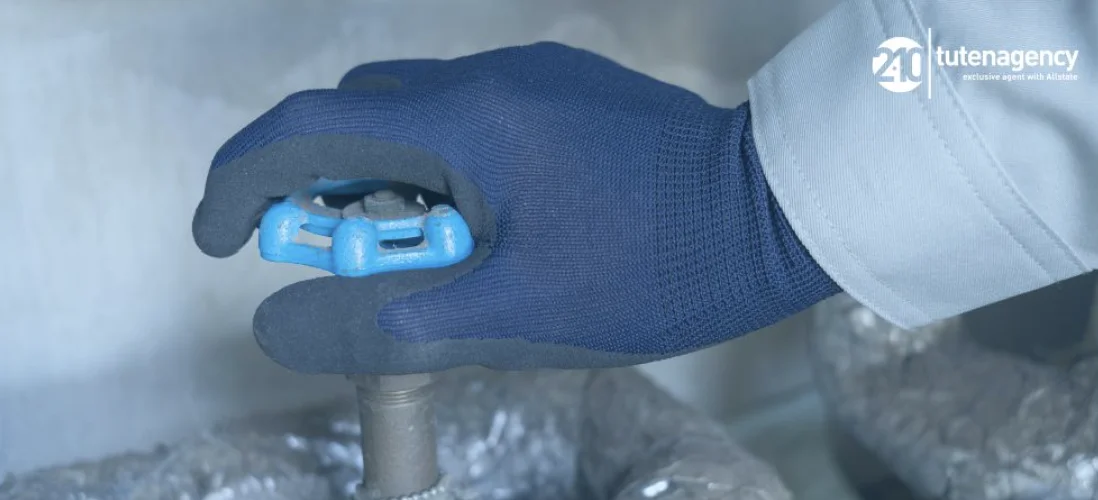Understanding how to swiftly and securely shut off your home utilities can be crucial for safety in an emergency. Being printed can prevent damage and serious health risks, Whether due to a natural disaster like an earthquake or a routine issue like a major plumbing repair. This guide provides detailed instructions for managing your gas, water, and electricity, ensuring you can keep your home and loved ones safe when it’s most critical.
Understanding Your Home’s Utilities
Your home has several vital utilities that keep things running smoothly but can become hazards if not properly managed. These include natural gas, water, and electricity. Each utility carries its risks in an emergency — from gas leaks causing fires and poisoning to water contamination and electrical shocks. Knowing where and how to manage these utilities can minimize the risk of injuries and property damage.
How to Shut Off Gas
Gas leaks are hazardous and may result in explosions or carbon monoxide poisoning. Every member must know how to turn off the gas supply:
- Locate the Main Gas Valve: This is usually outside near the gas meter. Please learn its location and how it works before an emergency arises.
- Turn Off the Valve: If you smell gas, hear a hissing noise, or are instructed by authorities, turn the valve to the off position. This is usually done by turning the valve perpendicular to the pipe.
- Call for Professional Help: Once the gas is off, do not attempt to turn it back on yourself. To ensure safety, only a trained technician should do this.
Appliances connected to gas, such as stoves or dryers, typically have their shutoff valves. Use these for non-emergency situations like repairs or appliance replacements.
How to Turn Off Water
Water becomes a critical resource in emergencies like floods or earthquakes:
- Find the Main Water Valve:Depending on your climate, the valve could be inside near the water heater, in the basement, or outside near the meter.
- Shut Off the Valve: Turn the handle clockwise until it stops closing the valve, preventing contaminated water from entering and preserving clean water in your system.
- Drain Your Pipes: If you’re leaving home for an extended period or to prevent freezing, open your faucets after shutting off the water to drain the remaining water in the pipes.
Appliances like dishwashers or toilets have individual shutoff valves for maintenance or repairs, usually located on their supply lines, for maintenance or repairs. Shut these off when working on the specific appliance.
How to Shut Off Electricity
Electricity needs to be managed carefully, especially in emergencies:
- Locate the Breaker Box: This is typically found in the basement or a utility room.
- Turn Off Individual Circuits: Start by turning off individual circuits before shutting down the main circuit breaker. This helps avoid surges when the power is restored.
- Check for Safety: Always employ a voltage tester to verify that the power is entirely disconnected before beginning any repairs or in the event of flooding.
It’s essential to follow these steps precisely and always prioritize safety by avoiding contact with electrical devices in wet conditions.

Preparing for Emergencies
Being prepared means more than just knowing these steps; it involves regular practice and keeping instructions handy:
- Create a Safety Plan: Include utility shutoff procedures in your home safety plan.
- Practice Regularly: Conduct drills with your family so everyone knows what to do.
- Keep Instructions Accessible: Post clear, step-by-step instructions near utility controls.
Summary
Mastering how to shut off your utilities in an emergency is a critical skill every homeowner should have. Preparing ahead of time can avoid panic and confusion when an emergency strikes. Take the time to familiarize yourself with your home’s utility system procedures, and ensure everyone in your household knows what to do. Your preparedness could save your home and even lives.
FAQs
Is it necessary to shut off utilities before every storm or natural disaster?
It is not always necessary to shut off all utilities before a storm unless specifically advised by local authorities or if you expect severe conditions. However, knowing how to quickly perform these actions is crucial in case the situation escalates.
How often should I check the functionality of my shut-off valves and switches?
It’s advisable to inspect and test your shut-off mechanisms at least once a year to ensure they are functioning properly. This can be done during regular home maintenance checks.
What are some signs that I should shut off my utilities immediately?
Immediate shut-off is necessary if you smell gas, notice water pooling or rushing unexpectedly, or if there is visible damage to electrical wiring or equipment. Also, shut off utilities if instructed by emergency services during natural disasters.
Is there a tool or kit I should have at home for shutting off utilities?
Yes, keeping a utility shut-off tool handy, especially one that can turn off both gas and water, is recommended. Additionally, ensure you have a flashlight and gloves in the same accessible location for use during an emergency.
Get the right coverage for your home with tutenagency
New tutenagency customers?
Quote homeowners insurance online or call (334) 502-5111 to insure your home.
Legal Disclaimer: ADVERTISING MATERIAL ONLY. Do not rely on this site or this article for legal or financial advice. The information provided on 210agency.com is strictly for educational purposes and to provide you with general educational information. Since state laws and financial regulations are subject to change, please schedule an appointment with an attorney or qualified financial advisor in your area to further discuss your personal situation. This public information is neither intended to, nor will it, create an attorney-client or financial representative relationship.

